Smart Push: notification strategies from today’s leading food delivery case studies
In the era of instant communication and sharp competition in food delivery, push notifications are no longer just a warning function.
Now they are a persuading tool, a one-to-one communication medium, and one of the most vital touchpoints with the user. From how clever and timely the notification strategies, customer loyalty, order frequency and even brand perception balances.
Smart Push is greater than ordinary messaging. It's a whole technique rooted in knowledge, behavioral processing and modern human-machine interaction studies. In food delivery case studies, it neither means «delivering a message» in some way, but rather doing that in such an approach which would make it seem worth, appropriate in time, and relevant.
In recent years, leading R&D teams, technical teams of large delivery companies and product managers have been experimenting and rolling out smarter notification plans. In this article, we've compiled the most successful approaches and practices at the intersection of technology, psychology of users, and data science that will help develop a genuinely efficient push-communication system in food delivery products.
We will explore how personalisation, contextuality, patterns over time and presentation format affect the outcome, as well as examine current challenges and opportunities. The goal is not simply to translate research into practice, but to make it into solutions that can be scaled up and applied now.
Consumer psychology and the behavioral effect of notifications
In product delivery, push notifications are now the core part of user experience. But technology alone is not enough; it is also dependent on knowing the consumer behaviour. To really engage users, one needs to consider the psychology of perception, context and motivation.
Tip: learn more about personalisation and custom development from Celadonsoft React Native company.
User behaviour: not a click but an impulse
The user does not press on the push message "just like that". It always proceeds from the combination of a certain amount of some set of several factors: urgent need, brand trust and disposition. Research in cognitive psychology has shown that the person reacts faster to the signals corresponding to his or her current context - time of day, place, or even mood.
We observe that in the case of food delivery items, the instant when a user suddenly feels the urge to "order something" is the instant when push operates very differently. Here, push is not only reminder but solution itself.
Push as a behavioral design factor
Contemporary push notifications are not simply messages, but highly evolved triggers embedded in the whirlpool of behavioral design. They must engage, not annoy. If the notification arrives at the wrong moment or contains irrelevant data, it becomes noise - and the user will turn it off completely.
The product delivery business is suffering from this particularly strongly: excessive or compulsive push'e is bad for audience retention. It is therefore all the more important to utilise data driven approaches - e.g., to predict the likelihood of a user response from his or her history of interaction.
Research findings
A number of recent papers, including ACM Transactions on Interactive Intelligent Systems and the CHI Conference, emphasise that the notifications are tied to real need (e.g., notification before usual lunch time), offer two to three times higher conversion rate. Especially effective are push'e, reminding of habitual behaviors, but in a personalised and non-imposing way.
Timing precision and behavioral cues: notification best practices
In food delivery push notifications, both personalised offers and the timing of sending them matter. It is not just a question of sending a push, but sending it at the right time when the customer is most likely to act. In this chapter, we will examine how timely precision and behaviour triggers drive higher inclusion and conversion in food delivery businesses.
1. Finding the best time to send notifications
Timing is the foundation of an effective notification strategy. A number of studies have established that the timing of a notification has the ability to significantly boost the opening as well as clickability ratio.
● Peak time: A good example is TryPerdiem, which has discovered that the majority of customers for food services are active late in the evening, specifically between 17:00 and 20:00. People start thinking of ordering food at this point, and messages published in this window can lead to higher conversions.
● Weekdays: Weekdays are also worth the consideration. For example, on Friday and Saturday when most people order food for leisure or for parties, promotional push notifications can be particularly effective.
2. Using behavioral triggers in an effort to make the notifications more pertinent
The behavior trigger is an activity done by a user that sends a notification. If a user has put something into the cart but not yet bought it, then sending a reminder at this time is the correct opportunity.
● Forgotten Baskets: Aside from Rack's own example, is how showing relevance of reminding the shopper about things remaining in the basket with a push alert, in combination with a quick reminder and an associated potential added reward (such as a discount), may push you over the threshold of final purchasing.
● Recent active activity: Another behavior trigger for user activity is something that the user has recently done in the application. For example, if the user is one who orders pizza at a certain time of day, then push notifications with the content "Your favourite order is on the way" or "Discount on your favorite product" will be more meaningful and contextual.
3. Dynamic Send Time Setting based on User Behaviour
Not all people are the same, and one must understand that each of them has a different time when they get notifications.
● Behavior analysis: You can track user activity in real time using analytics tools such as Google Analytics or Firebase and configure personal notifications for the same. For example, if the service knows that the user orders food only on weekends, notifications during weekdays will be less effective.
● Interactivity and automation: Not only should notifications be timely, but also interactive. Through the integration of push notifications with the API and other systems, you can rapidly react to user behavior and send reminders or suggestions in real time based on their preferences.
4. How to test notification timing: A/B tests
The other important thing is to test the different modes of sending notifications. A/B tests allow one to find out which intervals are best for different groups of users.
● Send time A/B testing: A method is to try out several temporary windows and observe when notifications are getting the best results. Say, sending out notifications in the morning when people are first thinking about organising their day can work for one audience, whereas an evening notification with an offer of discount can work better for another.
● Conversion analysis: Not only is it required to test the notification time, but also to examine how it affects real indicators: the level of engagement, notification openness, and, of course, the number of orders.
Rich media and visual "Push Stories"
Dry text push messages are still being used - but for the worse. Consumers expect more from brands: context, beauty and relevance. In the space of food delivery, where attention competition is fiercest, visual content is a key click and conversion driver.
These are the strategies that really work in reality.
1. Take advantage of media content within push messages
Modern push notifications are no longer just text. The best delivery services incorporate:
● Pretty food and beverage images (particularly effective if combined with the current time of day: breakfast coffee, dinner pizza, etc.);
● GIF-animations injecting dynamism and a call to attention (like a «sizzling» pizza or streaming coffee);
● Emojicons and icons injecting the mood and emotional richness of the alert.
● Case Delivery Hero: after push-carousels with food pics launch CTR increased by 57%, and average check rose by 12%.
2. Hierarchy and content of notifications
A hierarchical composition of visual items helps decrease perception complexity:
● Catching headline with CTA - up to 30-40 characters;
● Visual unit with product or promotion;
● Description of offer with deadline or bonus
● Action button («Order now», «View menu») - elevates conversion by 2x vs. bundles with no CTA.
Current SDKs offer you a seamless control of these items even in web-push and in-app messaging without having to alter the core application code.
3. «Push Stories» - new models of engagement
Having been inspired by a social media format, some delivery apps started to test step-by-step real-time alerts campaigns where the customer receives a series of logically related notifications:
Notification 1: «Today 20% discount on sushi» (with photo);
Notification 2: «Do you prefer rolls or sets? » (with choice within);
Notification 3: «Done! Promo code for delivery already in your profile».
This mechanism triggers engagement, and also provides behavioral hints for next delivery personalisation.
4. UX Accounting and technical execution
Keep in mind: content saturation should be balanced against UX and technical constraints of the platforms:
● Images should be optimised (JPEG/WebP, <100 KB);
● fallback messages - needed for older devices or browsers;
● The content is translated for night mode and locales.
Firebase, OneSignal, CleverTap and other platform integrations allow A/B to try visual formats and test what works best.
Geo-targeting and localised offsets
Context-free personalisation is noise. Localisation is the conversion key.
Within the new food category, the issue of relevance comes to the fore. The consumer expects the push message to not just be «on topic», but also take into account its location, conduct and local context. Geo targeting tactics are the answer to this question - it adds a physical element to digital marketing, piercing background noise and enhancing response.
Why geo-targeting is a key element in a pool strategy?
● Making messages more relevant: Push, reporting the restaurant's latest action a block away, is viewed as service, not advertisement. This is particularly important to hyperlocal markets where the radius of delivery can be 2-5 km.
● Peak CTR and order growth: Use of the geo-data allows us to fire the promotions in the right place at the right time when there is higher demand. For example, promotion of «burger combo» in the city centre during lunchtime gives us a conversion of several times higher than the spreading over the database.
● Decrease of useless coverage: We remove non-users who are not able to use the promotion - it reduces the dropouts and improves the open-to-click performance.
How do leaders implement?
— Zomato uses geo-targeting directly, promoting partner restaurant offers from 1-1.5 km from the user's location. They link the location to preferences (e.g., «favorite cuisine»), building personalized screens in the delivery zone.
— DoorDash makes micro campaign timing based on weather and activity in specific areas. So, for example, on rainy days, consumers in the central part of town are treated with a free pick-up from in-town cafés.
What is key to remember while using geotargeting?
● Geo-frameworks and SDK: Use proven SDKs that facilitate low-power background location definition - e.g., Mapbox, Radar or Google Places API.
● Dynamic content generation: Create notification templates that can insert the restaurant name, distance and address in real time.
● With coverage area data matching: Prior to sending a push message, it is necessary to verify that the restaurant ships to the user's location. Integration with the logistics module is critical.
● Privacy and user control: Provide clear geo-access settings, explain how it increases their convenience and comply with all GDPR/CCPA laws.





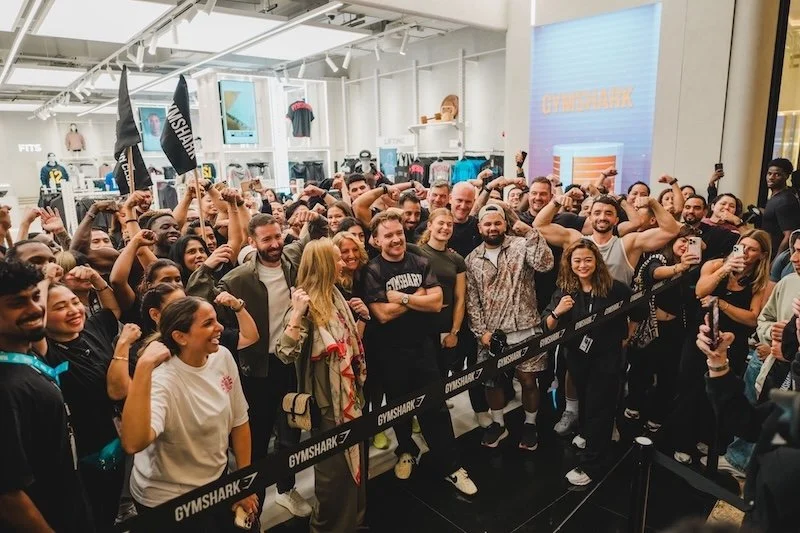




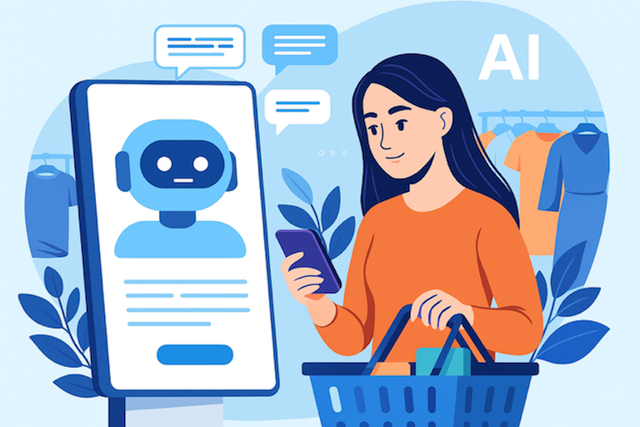


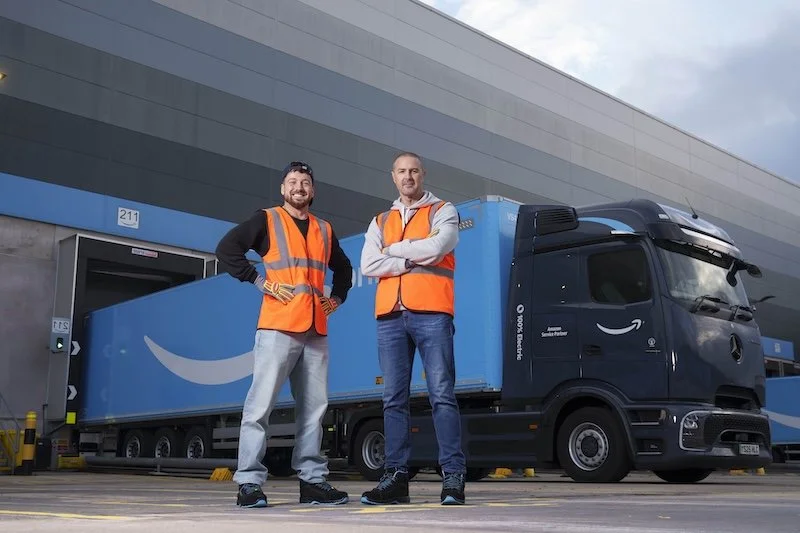








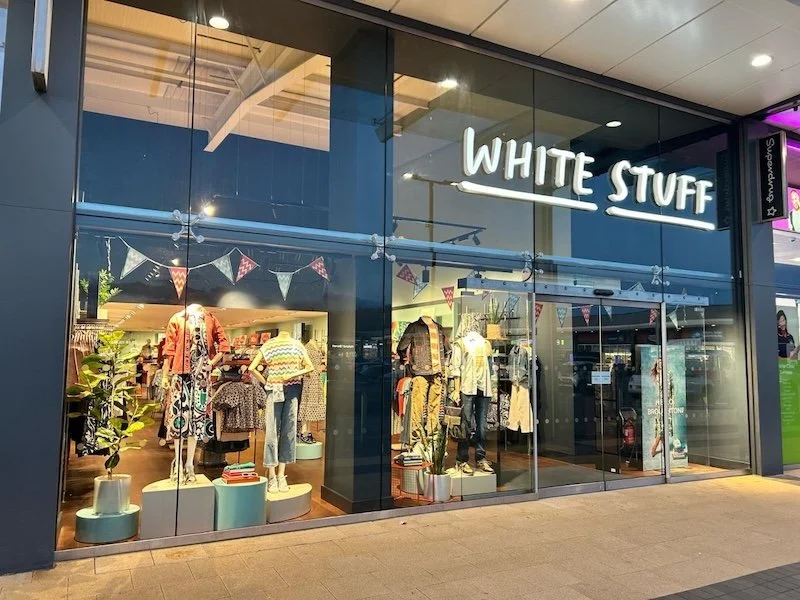
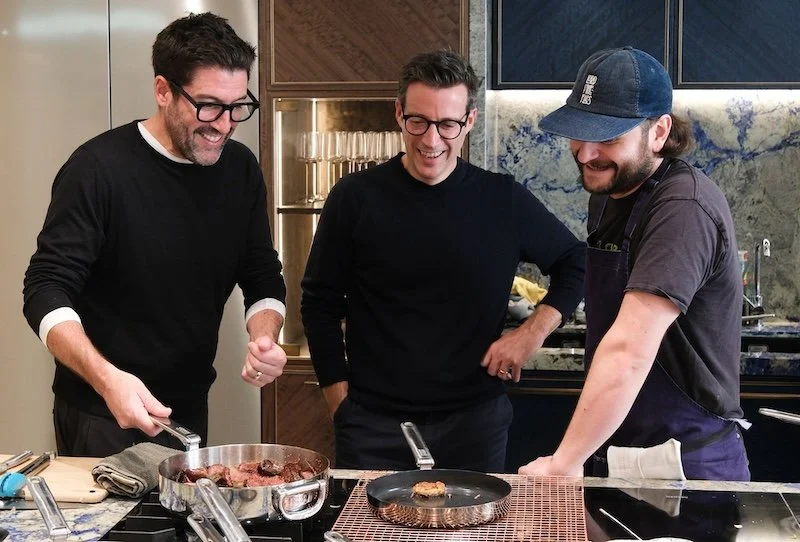

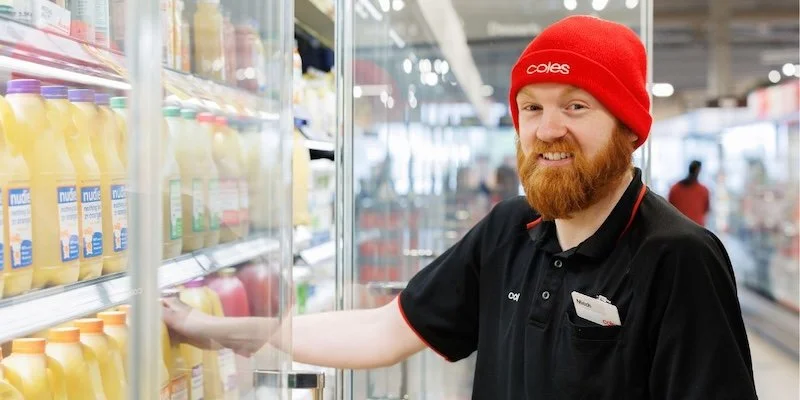
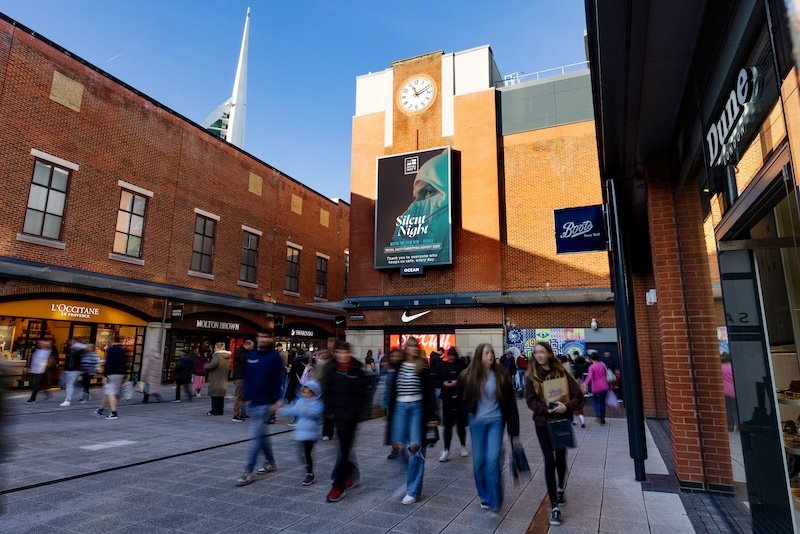
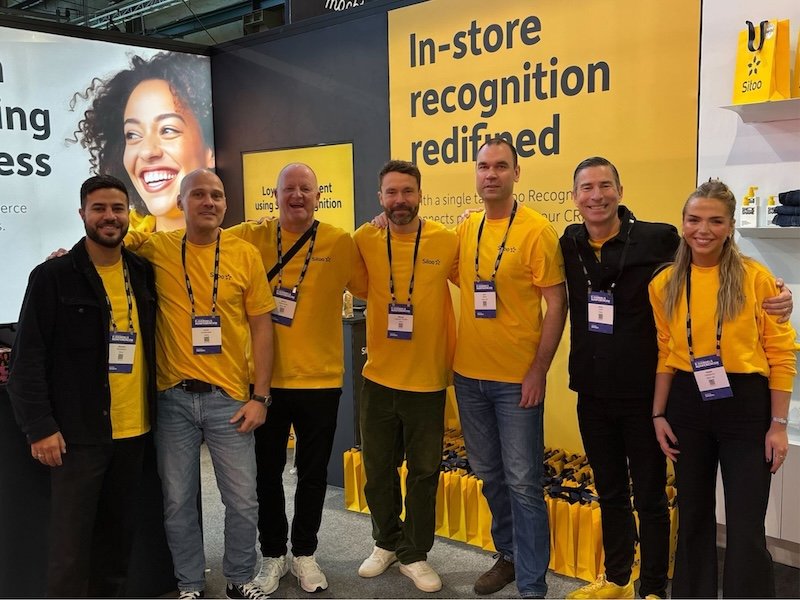
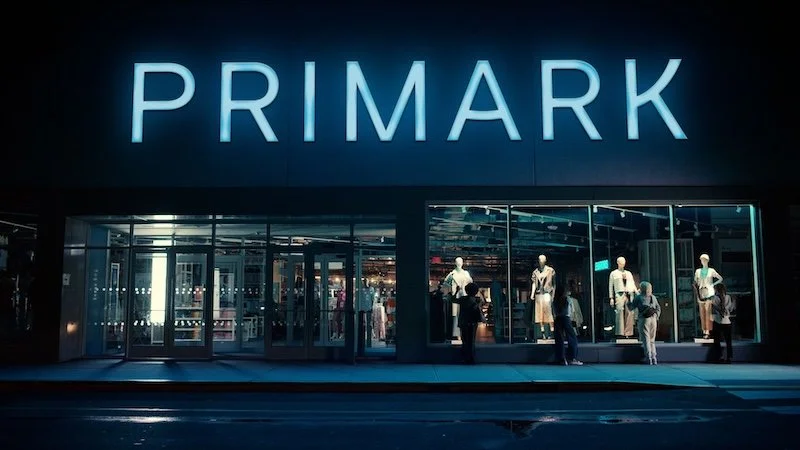

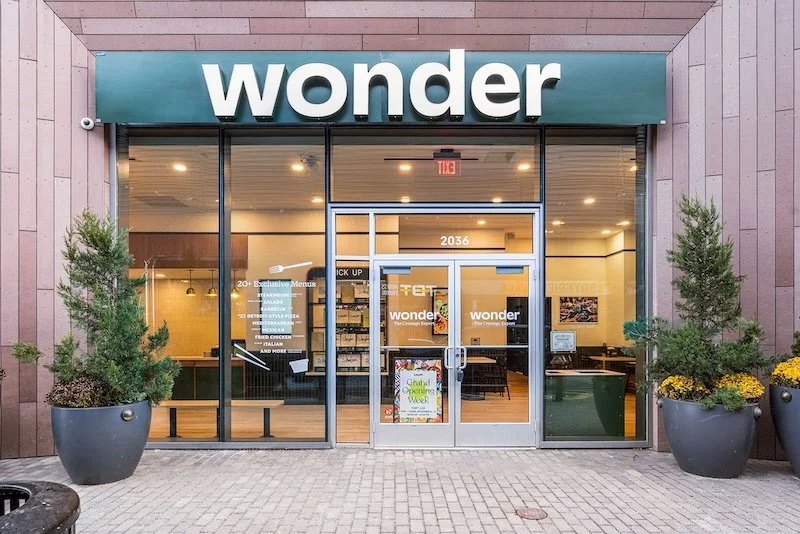


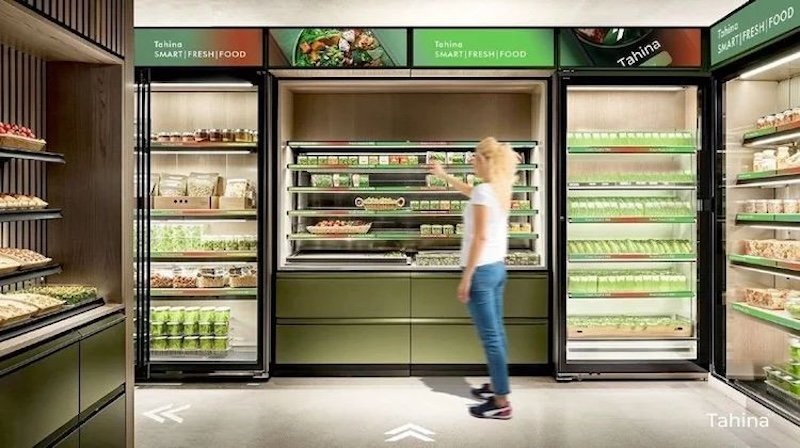
Continue reading…